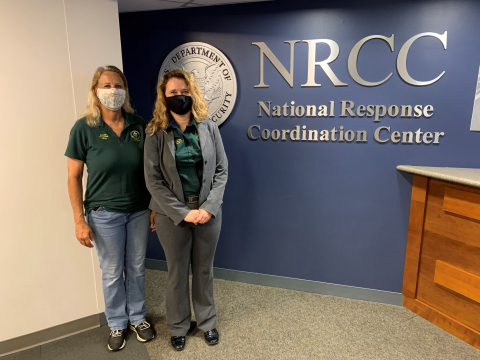
Throughout 2022, CESER’s ESF #12 response teams managed numerous rapid deployments and engaged in training and preparedness exercises to stay on top of best practices.

Within CESER, one expert working at the cyber/energy nexus is poised to help advance infrastructure security in America from the ground up.
DOE and NREL announced the first cohort of participants in the Critical Energy Cybersecurity Accelerator program, aiming to give next-generation cybersecurity tech a boost in the earliest stages of development to bring solutions to market more rapidly.
The Department of Energy’s Office of Cybersecurity, Energy Security, and Emergency Response (CESER) is committed to enhancing the security and resilience of the grid today and to planning for the grid of tomorrow.
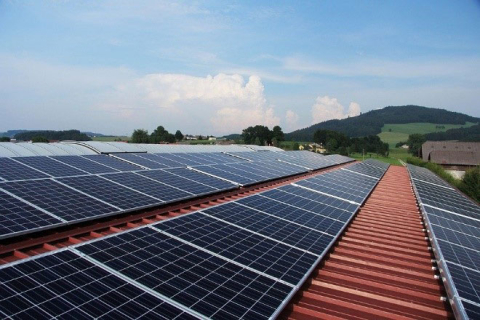
On November 4 and 5, college and university students from across the United States will battle it out in the U.S. Department of Energy’s (DOE) annual CyberForce Competition®.
On October 25, DOE leaders attended the EV Cybersecurity Executive Forum at the White House to ensure that electric vehicle (EV) infrastructure is being built and deployed with cybersecurity and reliability considerations in mind.
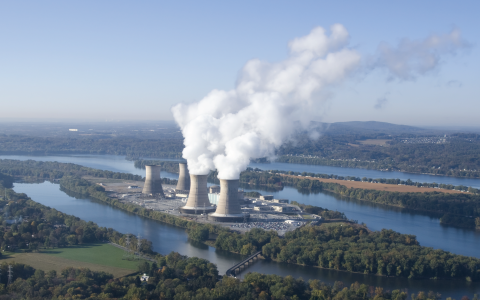
Scientists at the Department of Energy's Argonne National Laboratory built and tested the first successful prototypes of a remote monitoring system for nuclear facilities to enhance operational safety and advance emergency response efforts.
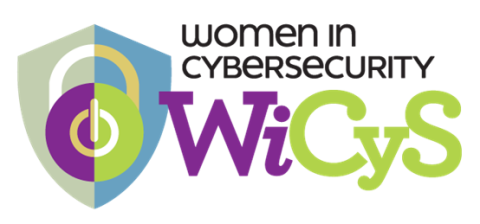
Senior Advisor for Cybersecurity Cheri Caddy traveled to Denver, Colorado, to serve on an expert panel at the annual Women in Cyber Security (WiCyS) Conference.

Participants gained a better understanding of Puerto Rico’s energy infrastructure vulnerabilities and restoration challenges and how agencies and organizations can work together to prepare for and respond to future energy emergencies.
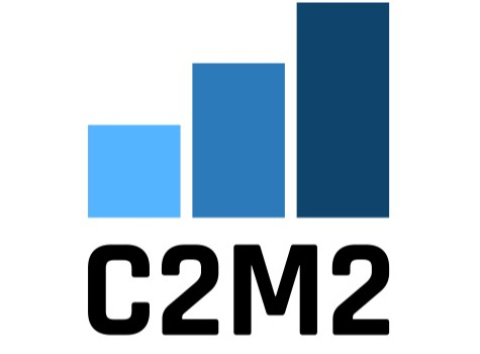
The U.S. Department of Energy (DOE) Office of Cybersecurity, Energy Security, and Emergency Response (CESER) today released Version 2.1 (V2.1) of the Cybersecurity Capability Maturity Model (C2M2).

